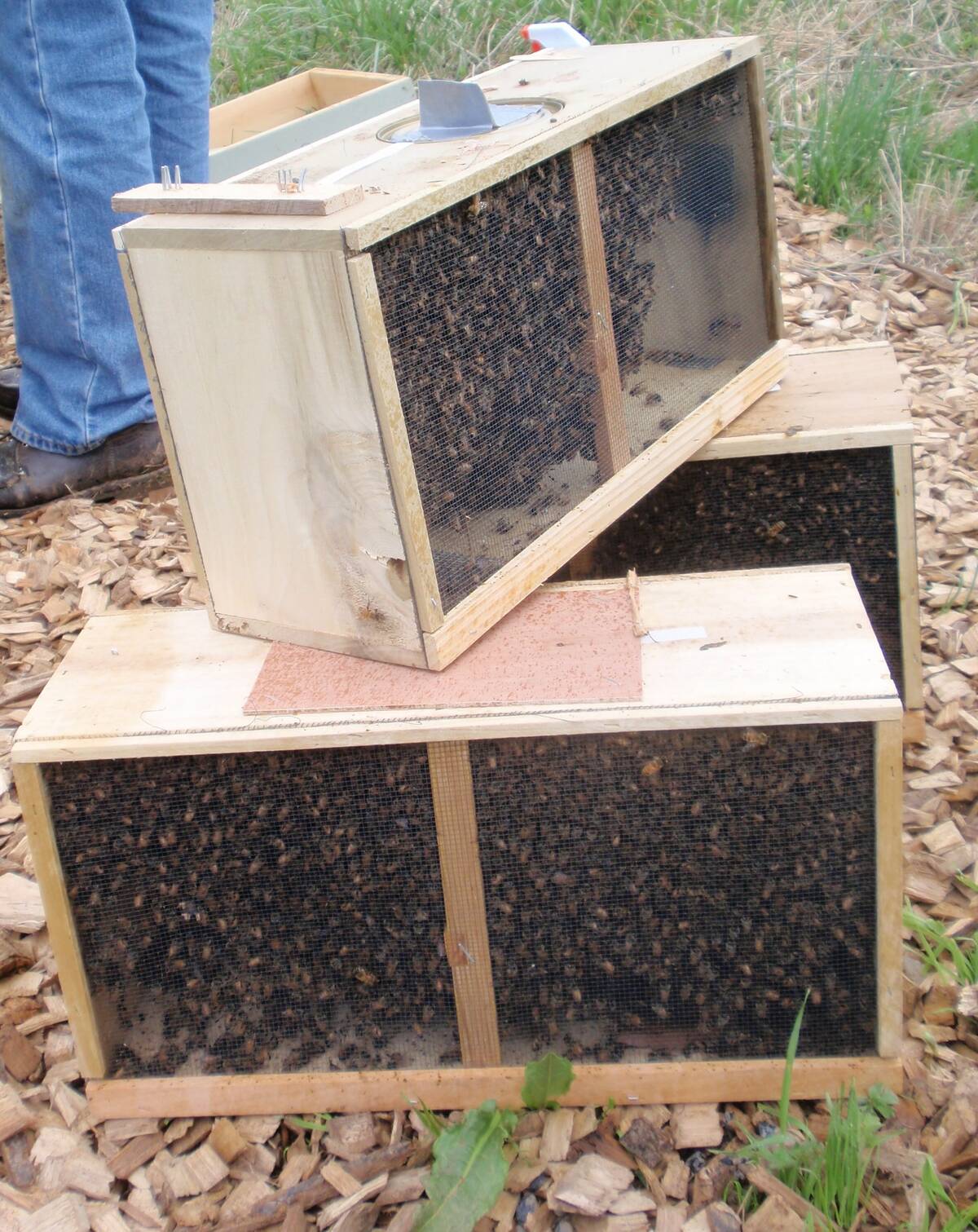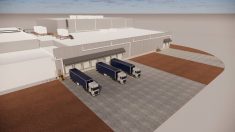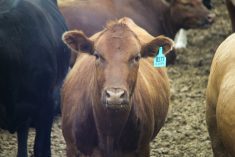Glacier FarmMedia – Livestock Price Insurance has never looked better for cattle producers, says a farm management specialist.
Cattle prices have risen steadily over the past 12 months and are approaching the highs seen in 2014 and 2015, said Ben Hamm, an official with Manitoba Agriculture.
“We saw some significant profitability in 2014-2015,” Hamm said at a recent cattle producers meeting here. “We never dreamed that we would get there, and we’re getting close to those same levels again.
Read Also

Canadian beekeepers call for regulatory accountability
Beekeepers say the Canadian Food Inspection Agency should restore U.S. packaged bee shipments, claiming the agency isn’t following evidence.
“We did go a little bit over three bucks in 2014–2015. Right now, we’re still only seeing $2.90 (cwt) for calves that are coming up for the fall. We are within 10 cents of the highs.”
Locking in those prices is a “tremendous opportunity for profitability, “ he said.
Livestock Price Insurance, which is available to producers in Western Canada, is essentially hedging against a price drop.

“This program is fun to talk about when you’re on the highs because that’s when you should be protecting your profits, because that’s when you have a long way to fall,” Hamm said in an interview.
The size of the North American cattle herd has been decreasing for a decade, and while a similar supply crunch pushed prices higher in 2014–2015, there are a lot more factors impacting the market now, he said. Prices remained high for nearly two solid years during the last peak, but there’s no guarantee that we will see that kind of longevity this time around.
“We have a lot of inflationary pressures right now,” said Hamm. “There’s concern that people may start balking at the price of beef in stores, and that could affect demand.”
Moreover, input prices have also soared.
Producers have said in the past that they don’t like paying out what they see as hefty premiums, calling it a risky proposition. However, not taking price insurance is a risky bet that prices won’t fall substantially, he said.
“We’ve kind of been trained to always wait for tomorrow and see if it’s better,” said Hamm. “I think we need to get away from that and get as many days of protection as we can.”
Livestock Price Insurance opened for calf sales on Feb. 1, and Hamm recommends locking in some of the first days of premium offerings.
“I would really be encouraging guys to lock in as many days of coverage as they can,” he said. “Because if they wait until May, they’ve only got three to four months of actual coverage left.”
However, the insurance is a little pricey, he admitted in the interview in early February.
“Right now, we’re at about $7 cwt for those calves. If you’re putting on a 600-pound calf, it’s about $42 on some of the higher premiums,” he said, noting that those prices change daily. “But $40 isn’t so bad when you have $300 to $400 of profitability in there. So that’s something to keep in mind.”
And if the price is still too steep, Hamm recommends considering a lower coverage level.
“We are still profitable at $280 cwt, and the premium is half (about $3 cwt on average),” said Hamm. “So $3 cwt for a 600-pound calf works out to $18 a calf — still a very profitable level. We can go down to $270 cwt, and it drops by about half again.”

AgriStability is also worth a second look today, said Hamm, calling it is massively under-utilized by cattle producers.
“It’s unfortunate; AgriStability has gone through cycles, and what really frustrated cattle producers was the reference margin limiter. And I don’t blame them for being frustrated about that because that really slashed our coverage.”
However, the reference margin limit has been removed.
Another complaint about AgriStability is that a lot of cattle operations hover just north of the break-even point. The program, by design, works best with operations that go through boom and bust years and only pays out on a large margin decline. If your reference margin (calculated by using the average of the margins over the past five years, excluding the years with the highest and lowest margins) is right around the break-even point, the payout won’t be very big.
But with the high prices and profitability in the cattle market right now, Hamm said this is a perfect time to sign up.
“This is a time when we should be getting in to ensure that margin is there to cover you when the time comes,” he said. “The reason I’m such a fan of AgriStability is because it is whole-farm coverage. Having said that, there is some detriment to being diversified. If one industry does well and the other doesn’t, it does balance out.”
“But as a whole farm, if you are still protecting a profitable farm — which we are all in the business of doing — I just don’t understand why it hasn’t taken off a bit more.”
However, he added, it’s not enough to take the forms to an accountant and hope they’ll get you the best deal.
“You do have to understand a little bit about your accounting; everyone needs to step up their game and understand what calculation of program benefits. When they’re just letting their accountant do it all and never looking at their calculations, reporting, or benefits, and they just throw up their hands and say, ‘I don’t like the program, because it doesn’t pay,’ that’s the most frustrating thing for me.”
In Alberta, both Livestock Price Insurance and AgriStability are delivered by Agriculture Financial Services Corporation. There are links to the programs on its website.
– This article was originally published at the Manitoba Co-operator.















